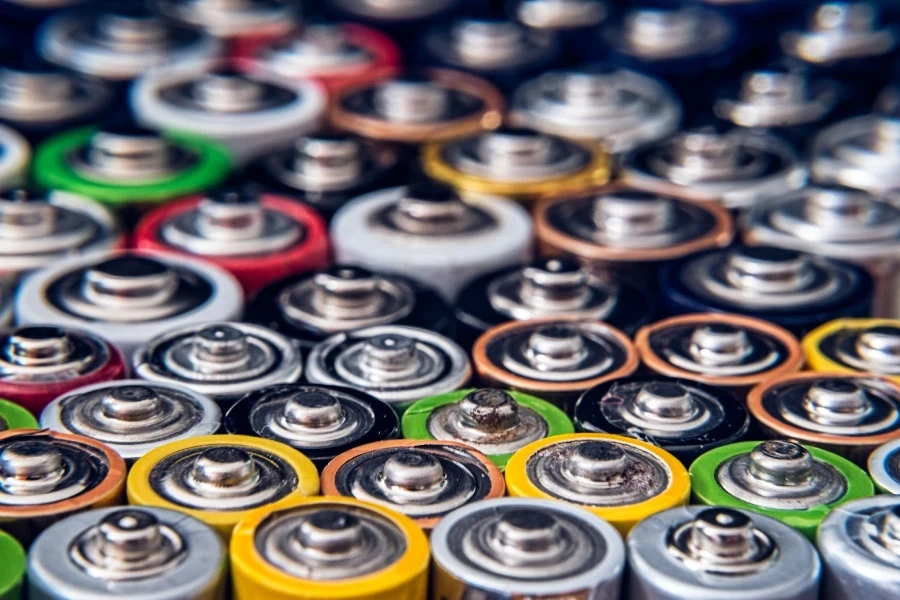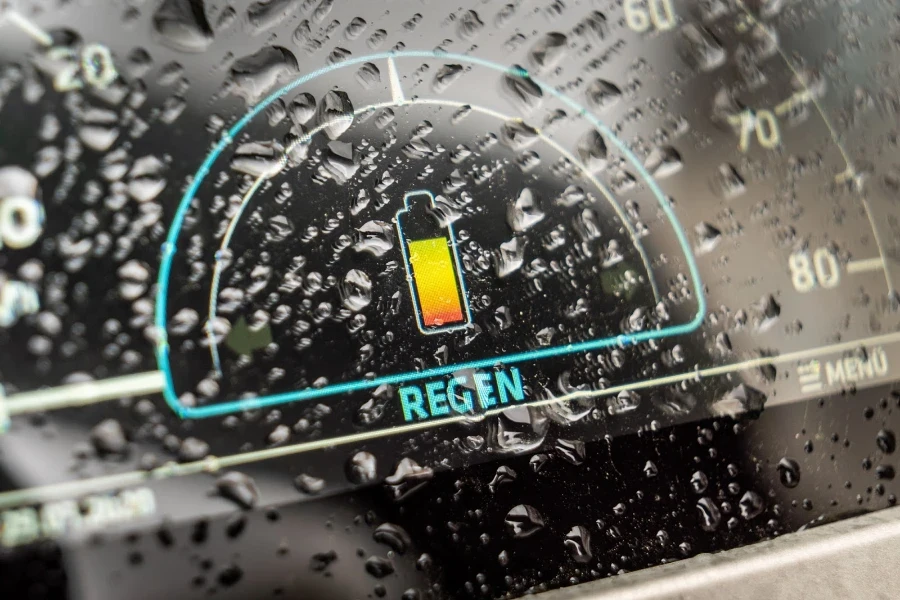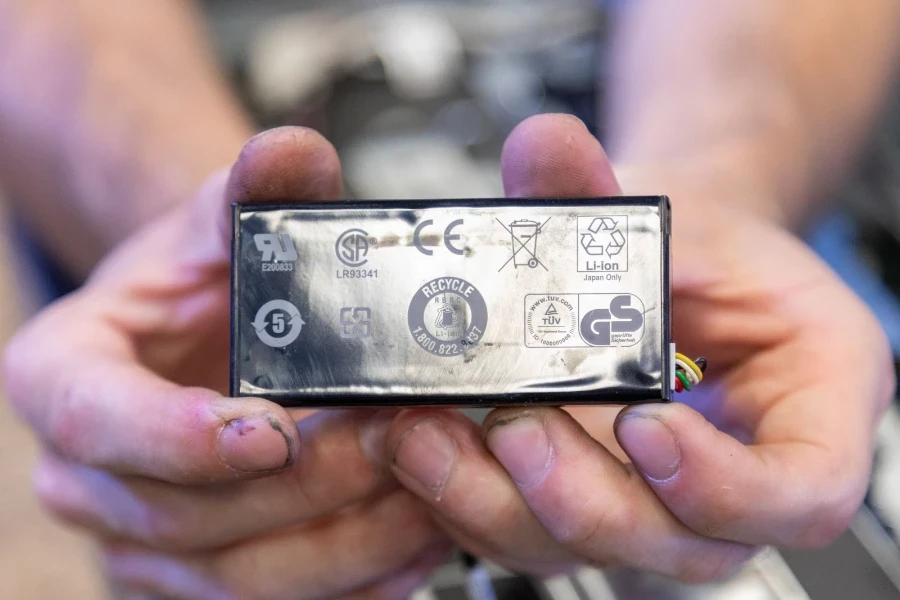Recent years have seen a wealth of new energy sources hit the market. But even as tech advances, one tried-and-true power source continues to stand the test of time — the lead acid battery. While newer technologies make headlines, lead-acid batteries continue to power our daily lives in applications ranging from the automotive industry to healthcare, heavy machinery, and more.
In this blog post, we’ll explore the enduring relevance and benefits of lead-acid rechargeable batteries. We’ll also learn why they remain a reliable choice for energy storage needs and how they compare with lithium batteries.
Table of Contents
The legacy of lead acid batteries
Innovations pushing for a lead-acid comeback
Why choose a lead acid battery today?
Lead acid vs. lithium-ion batteries: Unveiling the power play
Summing up
The legacy of lead acid batteries
First unveiled in 1859, lead acid batteries have been around for over 150 years. Over the century and a half, these batteries have powered everything from early electric vehicles to emergency backup systems. Their longevity in the market speaks volumes about their durability and effectiveness.
Lead-acid batteries are secondary batteries that operate on a straightforward electrochemical principle. They rely on the reaction between lead dioxide (PbO2) and sponge lead (Pb) in a sulfuric acid (H2SO4) electrolyte. The battery consists of lead dioxide as the positive plate, sponge lead as the negative plate, and a solution of lead sulfate diluted in as the electrolyte.
The chemical reaction that occurs inside the battery is what causes it to produce electricity. Then, the process can be reversed to charge the battery back up, making the lead-acid batteries rechargeable.

Innovations pushing for a lead-acid comeback
The battery market has seen two crucial innovations when it comes to lead-acid batteries. These are lead-crystal and carbon foam batteries.
Lead-crystal batteries mark an evolution in lead-acid battery technology by delivering better charge acceptance, faster charging, and a longer life span. They do so by incorporating carbon additives, which enhance the performance of traditional lead-acid batteries, addressing issues like sulfation and limited lifecycle.
These advantages make crystal batteries ideal for applications requiring frequent charging and discharging cycles. This includes renewable energy projects, telecommunications infrastructure, and uninterruptible power supply (UPS) systems.
Meanwhile, carbon foam batteries deliver higher rates, making them suitable for applications requiring quick bursts of power. They introduce a unique three-dimensional, porous carbon structure as both the anode and cathode. This innovation provides a larger surface area for electrochemical reactions, improving energy and power density. Carbon foam batteries are ideal for electric vehicles and specific renewable energy storage systems.
Carbon foam features an open-cell structure that enables more efficient thermal management, improving safety and longevity. Also, these batteries have a long lifecycle, which is why they are desirable for electric vehicles and grid stabilization projects, among other applications demanding reliable and high-performance energy storage solutions.

Why choose a lead acid battery today?
There are many reasons industries continue to opt for lead-acid batteries. Here are just a few advantages of lead-acid batteries.
Robust performance
One of the critical reasons lead acid batteries have stood the test of time is their robust performance. Lead-acid batteries deliver a consistent and dependable energy source. So, systems that support renewable energy installations or critical systems, such as healthcare technologies, prefer lead-acid over other types of batteries.
Also, they can handle vast temperature ranges and harsh environmental conditions, making them more versatile than other batteries on the market.
Cost-effective solution
Today, energy costs are a significant concern for most businesses. Lead-acid batteries offer a cost-effective solution for energy storage. Due to their mature supply chain, the cost of producing lead-acid batteries is relatively lower than newer options. This cost efficiency translates into a more affordable option for consumers looking for lower upfront costs.
Widespread application
Lead acid batteries find applications in diverse industries, from automotive and telecommunications to renewable energy systems. The versatility of lead acid batteries makes them a go-to choice for various needs, providing a stable and consistent power source in both urban and remote settings. Their widespread use in off-grid installations highlights their adaptability and reliability.
Environmental considerations
Historically, environmental consciousness has been a significant concern for energy storage and batteries. However, modern recycling processes ensure lead acid batteries can be recycled efficiently, minimizing their environmental impact. Advancements in battery technology have also improved battery efficiency and reduced the use of harmful materials.
Reliability in harsh conditions
Lead acid batteries are known for their resilience in challenging conditions. Whether it’s extremely hot or cold temperatures, frequent power fluctuations, or demanding usage patterns, lead acid batteries consistently deliver reliable performance. This is crucial in mission-critical applications where downtime is not an option, for example, in the healthcare industry.
Lead acid vs. lithium-ion batteries: Unveiling the power play
Are newer battery types better than the time-tested lead-acid battery? Lithium-ion batteries have made headlines over the past few years, both positively and negatively. So, the answer is not so straightforward. Let’s dive into a head-to-head comparison of these battery types to determine which power player suits your needs best.
How are lithium-ion batteries different?
The technology behind lithium-ion or li-ion batteries is very different from lead-acid batteries.
As we mentioned earlier, lead-acid batteries rely on a chemical reaction between lead dioxide (PbO2) and sponge lead (Pb) in a sulfuric acid (H2SO4) electrolyte. In contrast, lithium-ion batteries use lithium compounds as the active material in the positive electrode (cathode) and typically a form of carbon in the negative electrode (anode). The electrolyte is a lithium salt in an organic solvent.

Energy density
Lithium-ion batteries take an early lead with their superior energy density. This means they can store more energy in a smaller and lighter package compared to lead-acid batteries. Lithium batteries are better if space and weight are critical factors.
Cycle life and longevity
Depending on their design and quality, either battery can take the win in this category. Often, li-ion batteries have a longer cycle life, but they tend to experience a decline in performance over time, especially with frequent use. Meanwhile, newer lead-acid batteries, such as AGM batteries, tend to pack a punch when it comes to longevity and resilience.
Cost factor
Here, lead acid batteries clearly take the spotlight. Their well-established manufacturing processes and abundant raw materials contribute to a lower upfront cost than lithium-ion batteries. If budget is a key consideration, lead acid batteries should be your go-to.
Maintenance and safety
Lead acid batteries are safe and simple. They also tend to feature easier handling and maintenance. While safe for common use, lithium-ion batteries require more sophisticated battery management systems to prevent overcharging and ensure safe operations.
Environmental impact
Both types of batteries have made strides to deliver greener energy. The good news for lead-acid battery users is that these batteries are recyclable. The recycling processes for lead acid batteries are well-established and efficient, minimizing environmental impact. On the other hand, lithium-ion batteries may pose challenges regarding rare material extraction and energy-intensive recycling.
Application specifics
Choosing between lead-acid and lithium-ion batteries often boils down to the specific SLAs of your application. Lead acid batteries excel in providing steady and reliable power for applications with consistent energy demands, such as backup power systems and off-grid installations. With their high energy density, lithium-ion batteries are better suited for portable electronic devices, electric vehicles, and situations where compact size is crucial.

Summing up
In the end, when it comes to choosing the right battery, there’s no one-size-fits-all answer. It’s about understanding your priorities and matching them to the energy source that suits you best. Consider the nuances of your application and your SLAs to make an informed decision.
Lead acid batteries might be your go-to if you prioritize cost-effectiveness, durability, and simplicity. On the flip side, if you require high energy density and compact size, lithium-ion batteries may be the better option.
Overall, the lead acid battery remains a steadfast choice for reliable energy storage. Its enduring legacy, robust performance, cost-effectiveness, and versatility make it an attractive option for a wide range of applications.
Check out Chovm.com’s wide range of lead-acid batteries for a business like yours. If you are looking for a dependable and efficient energy storage solution that stands the test of time, you’ve come to the right place!





 বাংলা
বাংলা Nederlands
Nederlands English
English Français
Français Deutsch
Deutsch हिन्दी
हिन्दी Bahasa Indonesia
Bahasa Indonesia Italiano
Italiano 日本語
日本語 한국어
한국어 Bahasa Melayu
Bahasa Melayu മലയാളം
മലയാളം پښتو
پښتو فارسی
فارسی Polski
Polski Português
Português Русский
Русский Español
Español Kiswahili
Kiswahili ไทย
ไทย Türkçe
Türkçe اردو
اردو Tiếng Việt
Tiếng Việt isiXhosa
isiXhosa Zulu
Zulu